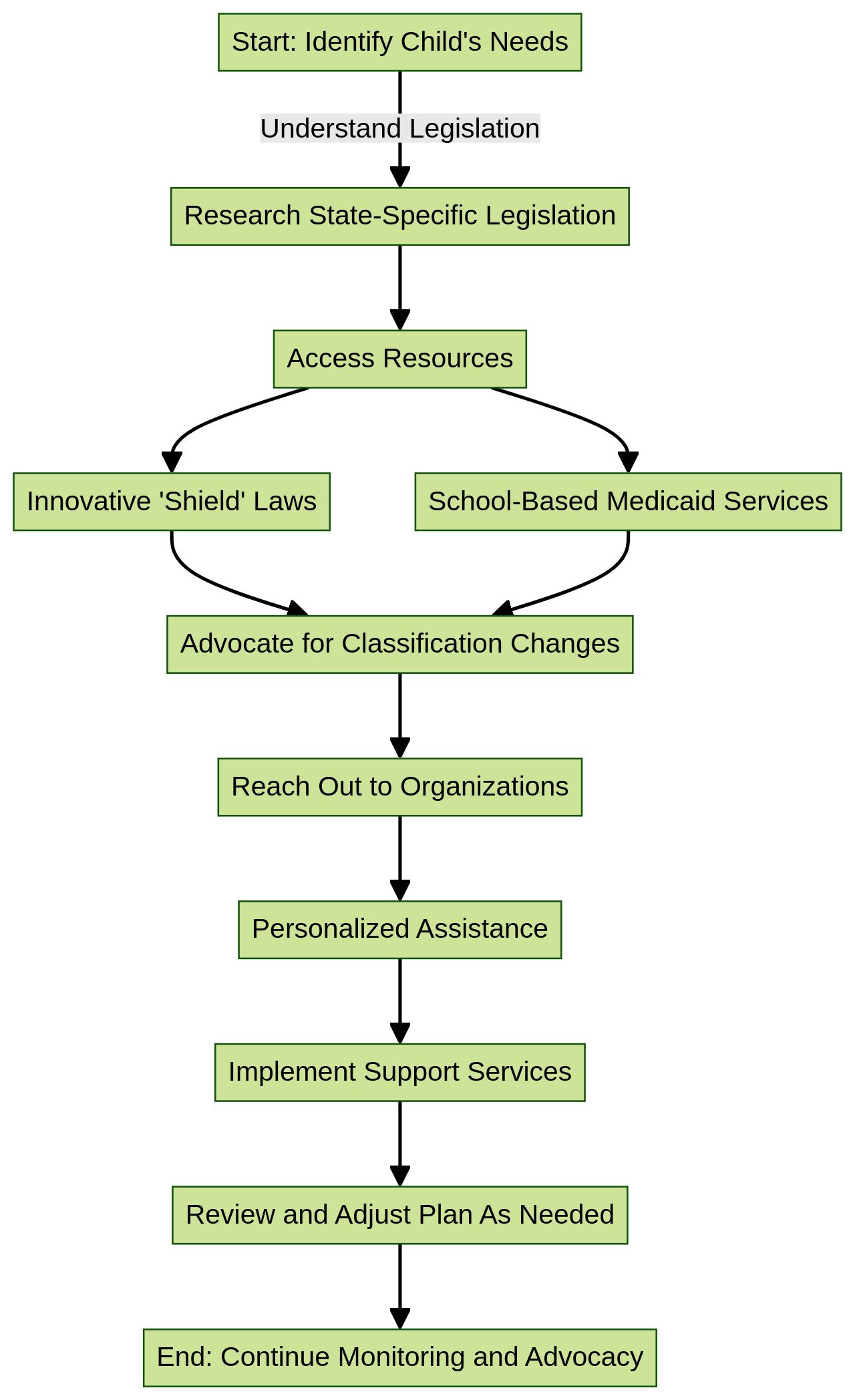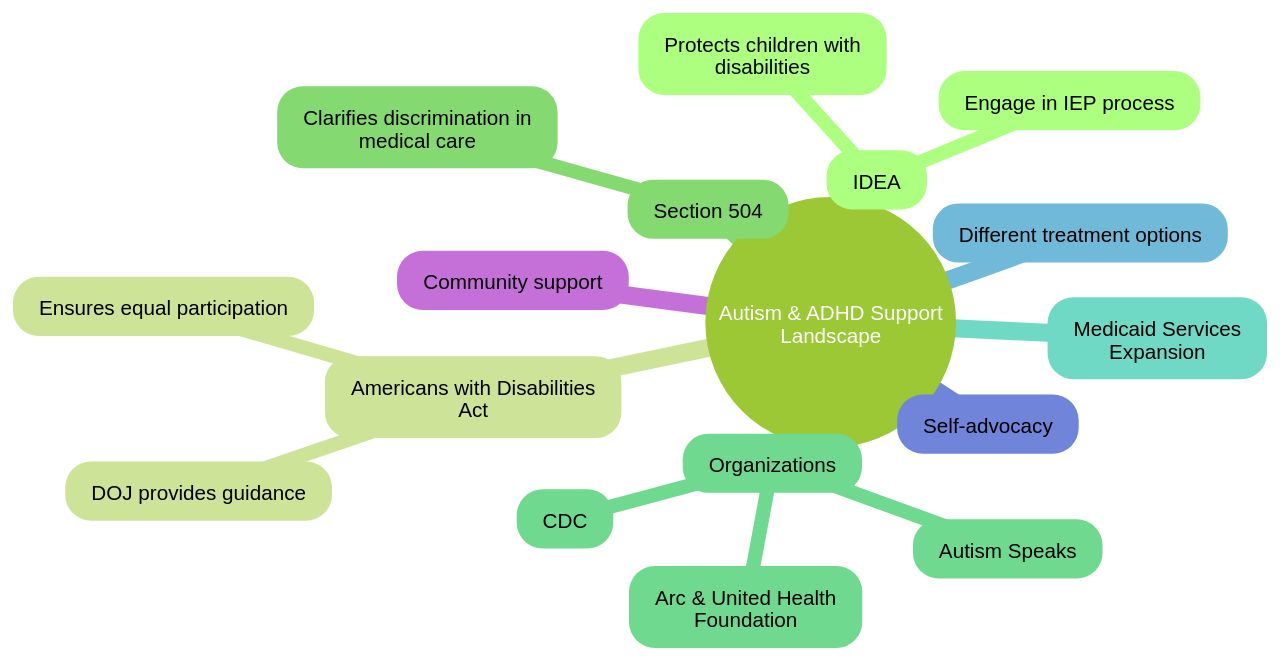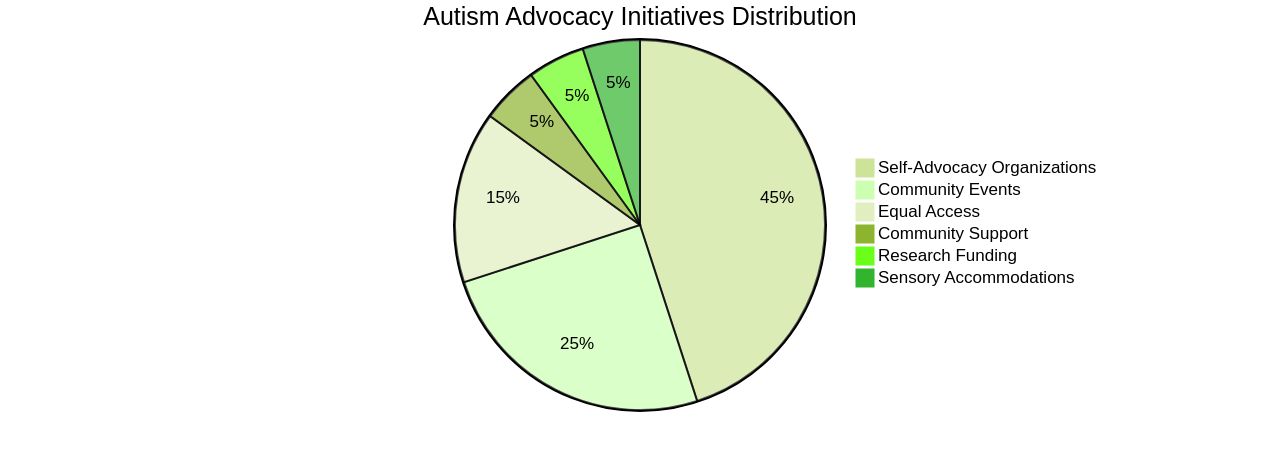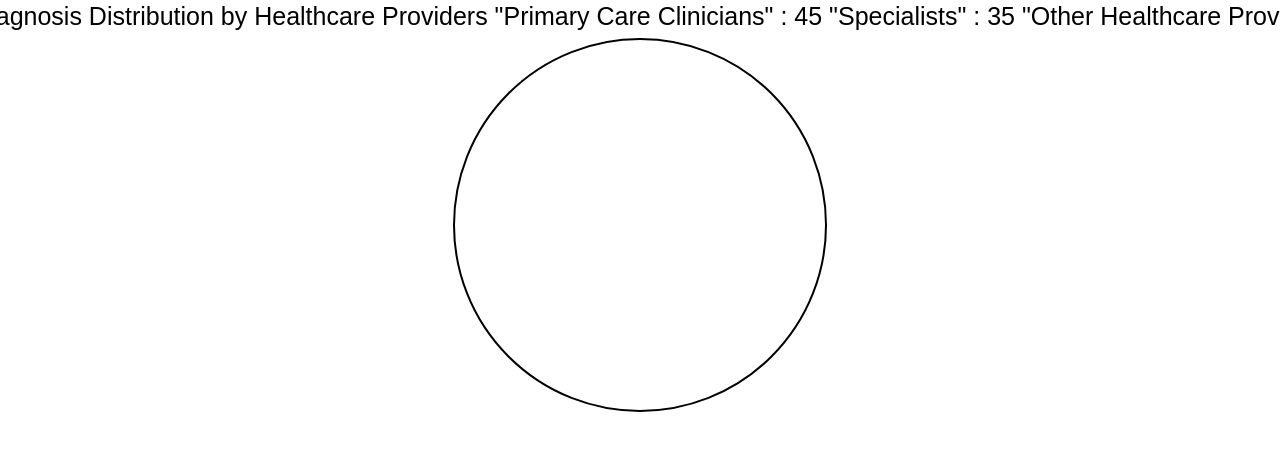Introduction
Understanding Autism Spectrum Disorder is a critical first step in accessing the right resources. Autism is a complex neurodevelopmental condition that influences how individuals think, communicate, and interact with the world around them. But no two individuals with autism are the same, each presenting a unique array of strengths and challenges.
In this article, we will explore the genetic underpinnings of ASD, the rising prevalence rates, and the importance of early diagnosis and intervention. We will also discuss navigating state and federal laws, accessing support services, and highlight autism organizations and web resources that can provide valuable assistance. By understanding the landscape of autism advocacy and utilizing the right resources, we can empower parents to navigate the challenges they may face and ensure the well-being of their children.
Understanding Autism Spectrum Disorder
Understanding autism spectrum disorder (ASD) is a critical first step in accessing the right resources. ASD is a complex neurodevelopmental condition that influences how individuals think, communicate, and interact with the world around them.
No two individuals with autism are the same, each presenting a unique array of strengths and challenges. Brain imaging research has uncovered structural differences in the brains of people with autism, as opposed to those with typical neurological development.
These findings hint at the genetic underpinnings of ASD, though the exact cause remains a mystery. Despite persistent myths, it is clear that autism is not the result of parenting styles, nutritional choices, or vaccinations.
The condition has a genetic component, as evidenced by familial patterns, but specific genetic causes are still being unraveled. The rising prevalence of autism, as reported by the CDC, underscores the urgency for early diagnosis and intervention.
In 2023, the rate of autism was estimated at 1 in every 36 children, a significant increase from previous years. Early diagnosis—preferably by age 4—dramatically enhances the likelihood of receiving services. However, disparities persist, with children of color and those from non-English speaking or lower-income families facing barriers to early detection and support. Boys are diagnosed with autism about four times more frequently than girls, although this may reflect differences in how autism manifests across genders, rather than an actual disparity in incidence. It's essential to bear in mind that the characteristics of autism can evolve over time, influenced by life transitions, co-occurring conditions, and individual coping strategies. Therefore, a comprehensive and ongoing evaluation by a multidisciplinary team is crucial for a nuanced understanding of each person's needs.

Navigating State Laws and Regulations
Navigating the support services for children with autism and ADHD requires knowledge of state-specific legislation and resources. In New Mexico, for example, innovative 'shield' laws have been enacted to safeguard health care services, including those for transgender individuals, illustrating a state's commitment to protect vulnerable populations.
This progressive approach can serve as a model for advocating for children with special needs. Furthermore, expanding school-based Medicaid services can provide schools with additional resources to support children with autism, addressing the gap in training and resources needed for successful transitions to adulthood.
In Pennsylvania, efforts are being made to classify autism as a mental health condition, thereby enhancing insurance coverage for treatments like applied behavior analysis (ABA). This change could significantly improve service accessibility for families. Parents and caregivers should reach out to organizations like Autism Speaks for personalized assistance and to address any concerns with their health insurer's coverage of essential autism services. By staying informed and connected with advocacy groups and state departments, parents can better navigate the complex landscape of support services available to their children.

Federal Laws and Resources
Navigating the support landscape for autism involves understanding the protections under federal laws like the Individuals with Disabilities Education Act (IDEA), which ensures educational services to children with disabilities. Engaging in the Individualized Education Program (IEP) process is critical, as it tailors educational plans to meet the unique needs of each child.
Resources from organizations such as Autism Speaks and the CDC provide invaluable assistance. Recent initiatives, such as the Arc of the United States' partnership with the United Health Foundation, underscore the importance of addressing mental health in conjunction with developmental disabilities.
This $2.5 million collaboration aims to enhance mental health services and provider training to better serve this community. Moreover, the U.S. Department of Health and Human Services' 2022 Report to Congress highlights the expansion of Medicaid services for individuals with autism, including various therapies and supports.
This progress is critical, given the National Health Interview Survey's findings of increased prevalence of developmental disabilities during 2019–2021, although rates of autism spectrum disorder and intellectual disability remained stable. For those with ADHD, 'body doubling,' or providing a supportive presence, can help with focus and task completion, while understanding the evolution of ADHD from childhood to adulthood assists in providing phase-appropriate support. With a range of treatment options, including medication and therapy, stakeholders can offer comprehensive care tailored to the individual's needs. In the words of a parent advocate, 'advocacy comes in different forms'—a reminder that both self-advocacy and community support are essential in the journey towards equitable healthcare and education for those with autism and ADHD.

Autism Organizations and Web Resources
The landscape of autism advocacy is evolving, with organizations like the Autistic Self Advocacy Network championing the rights of autistic individuals to lead self-determined lives. The network emphasizes equal access and opportunities, empowering those on the spectrum to influence the discussions that affect them.
Meanwhile, events such as the Autism Speaks Walk illustrate the power of community, bringing together affected families and supporters to fund research and services, while also providing accommodations for attendees with sensory sensitivities. The urgent need for such initiatives is underscored by the CDC's 2023 report, revealing a significant rise in autism prevalence to 1 in 36 children.
This increase spotlights the importance of early intervention and tailored support, particularly for communities facing barriers to diagnosis and care. As we acknowledge the various challenges within the autism landscape, including controversies around representation and advocacy, it's crucial to focus on constructive strategies that prioritize the well-being and inclusion of every autistic individual. The conversation around autism is as diverse as the spectrum itself, and it's through inclusive dialogue and action that we can best support those with autism to achieve their full potential.

Accessing Diagnostic and Therapeutic Services
The journey towards supporting a child with autism begins with securing an accurate diagnosis. This critical step can be challenging, given the dramatic increase in autism spectrum disorder (ASD) diagnosis over the past two decades, and the resulting strain on healthcare providers.
It is essential to seek evaluation from professionals trained in recognizing the nuanced communication and behavioral patterns associated with autism. Recent news highlights that primary care clinicians, with specialized training, can diagnose autism correctly in most cases, aligning with specialists' opinions 82% of the time.
This collaboration between community providers and autism specialists is a beacon of hope for reducing the long waits that families face and ensuring that children receive timely intervention services, which are known to improve outcomes. Once a diagnosis is confirmed, exploring therapeutic services becomes a priority.
Applied Behavior Analysis (ABA) therapy and speech therapy are cornerstone interventions that have proven effective for many children with autism. These therapies are designed to address the unique developmental needs of each child and can lead to significant improvements in communication and social skills.
Access to these services, however, is not uniform across populations. Black, Latino, and low-income families often face barriers in accessing care, highlighting the need for programs that target traditionally underserved groups. In light of this, it is crucial for caregivers to reach out to local autism centers and organizations to inquire about service availability and eligibility, especially considering that Medicaid expansion has improved access for some services. The landscape of support for children with ASD and their families is complex, but with informed strategies and the right resources, these children can thrive. It is through the concerted efforts of trained professionals, community-based initiatives, and dedicated caregivers that we can bridge the gap in autism care and foster an environment where every child has the opportunity to reach their full potential.

Conclusion
In conclusion, understanding Autism Spectrum Disorder (ASD) is crucial for accessing the right resources and support. Each person with autism is unique, presenting their own strengths and challenges.
Early diagnosis is key, as it significantly increases the likelihood of receiving services. Navigating state laws and regulations is essential for accessing support services.
Federal laws like the Individuals with Disabilities Education Act (IDEA) ensure educational services for children with disabilities. Seeking evaluation from professionals trained in recognizing autism's patterns is important for accurate diagnosis.
Therapeutic interventions like Applied Behavior Analysis (ABA) therapy and speech therapy have proven effective in improving communication and social skills. Autism organizations such as Autism Speaks and the Autistic Self Advocacy Network provide valuable assistance to parents and caregivers.
By understanding the landscape of autism advocacy, utilizing resources effectively, and staying informed about state and federal laws, parents can navigate challenges more confidently. The well-being of children with autism can be ensured through early diagnosis, access to support services, and an inclusive approach that prioritizes their unique needs. With informed strategies and dedicated efforts from professionals, initiatives, caregivers, we can bridge gaps in autism care and create an environment where every child has the opportunity to thrive. Together, we can empower individuals on the spectrum to lead self-determined lives. In summary, by embracing understanding, seeking appropriate support services, and advocating for their children's needs, parents can make a significant impact on their child's journey with autism. With the right resources and a supportive community, every child with autism has the potential to reach their full potential.




